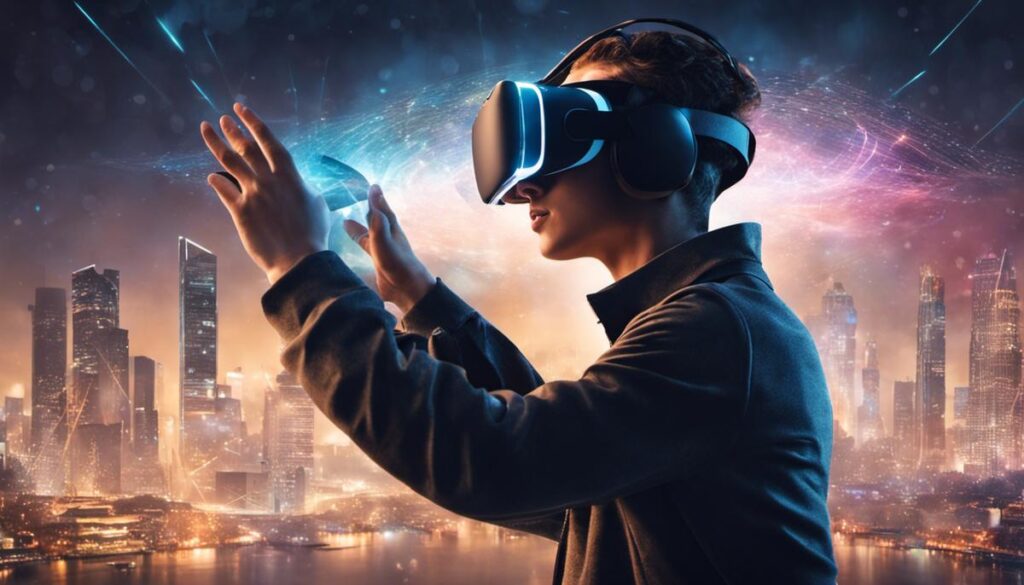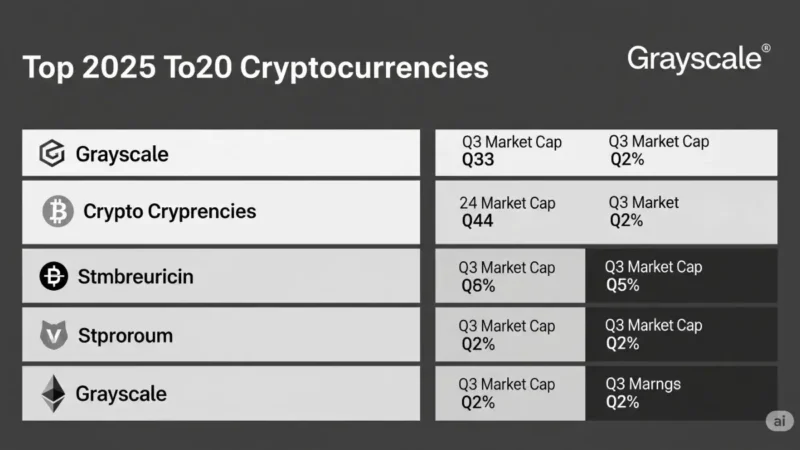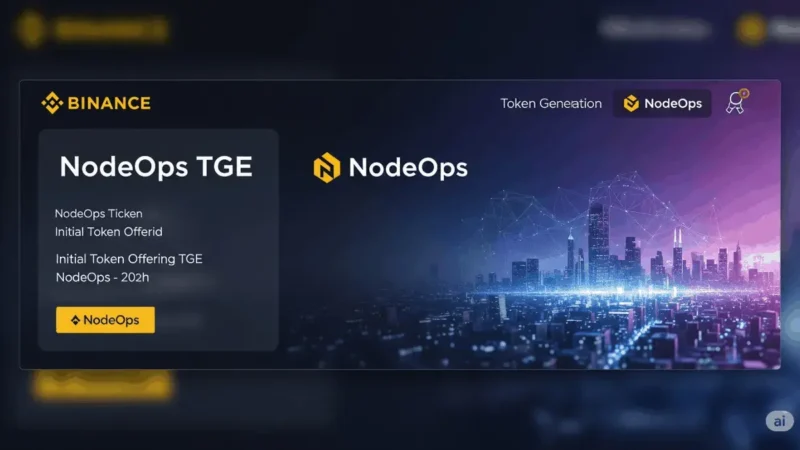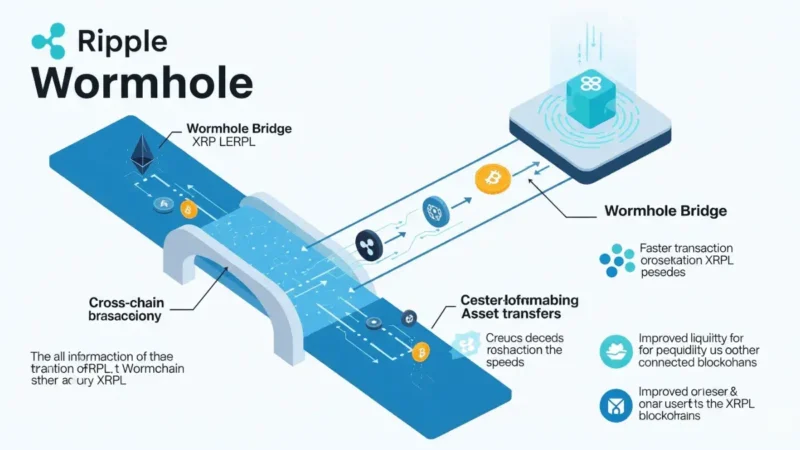The Metaverse – the future of digital space

Welcome to the enticing world of the Metaverse – a futuristic concept that aims at blending digital and physical realities to create a unique, immersive universe. This cutting-edge realm is being brought to life through innovative technologies such as Augmented Reality (AR), Virtual Reality (VR), and Artificial Intelligence (AI). As we delve deeper into the intricacies of the Metaverse, we will explore its stunning transformational impact on economics, providing a fresh perspective on digital commerce, introducing concepts such as virtual assets and new-age business models. We will also examine the key players making significant strides in shaping this digital frontier and investigate the privacy and security challenges this new landscape poses. So, buckle up for an intriguing journey into the future of interconnected realities.
Understanding the Metaverse
Articulating the core essence of the metaverse may seem like an uphill struggle. But, this write-up will succinctly shed light on this futuristic concept, vividly demonstrating how it links to our world.
Let’s unpack the term. The metaverse, a term coined by Neal Stephenson in his 1992 science fiction novel “Snow Crash,” is a virtual reality space where users can interact with a computer-generated environment and other users. In essence, it’s the infinite universe of digital worlds which are all interconnected, like a form of shared virtual reality.
However, don’t misconstrue the metaverse as a mere virtual reality game. It’s an entirely different ballpark. Unlike a pre-designed gaming environment, the metaverse is a universe of endless expansion that benefits from user input and creativity, and can be used for a multitude of purposes.
Facebook’s recent rebrand to Meta hints at the company’s overarching ambition: a commitment to bringing the metaverse to life. The metaverse is expected to evolve far beyond social media, incorporating elements of virtual reality, augmented reality, video, and an immersive digital experience. Imagine your digital avatar attending a concert in New York, while you’re lounging on your couch in California. That’s a glimpse into the metaverse.
To understand how it works, think interoperability, persistence, and user-generated content. A character or item from one part of the metaverse should be able to venture into another seamlessly. It’s indeed a complex undertaking that involves bridging different platforms, standards, and practices. The metaverse thrives on the notion of persistence; meaning, whether users are logged in or out, the world continuously exists and evolves. Finally, user-generated content is the lifeblood of the metaverse. Users continuously shape and reshape their own experiences, creating a world truly influenced by its inhabitants.
At its core, the metaverse relies heavily on advanced technologies. Metaverse development tools: Augmented Reality (AR) and Virtual Reality (VR) allow us to experience this digital world. Blockchain technology protects ownership rights and verifies transactions. Artificial Intelligence (AI) powers personalization while edge computing contributes to managing the vast data involved.
The development of 5G and subsequent internet generations also plays a crucial role here, as the metaverse will need blisteringly fast and dependable connections to function smoothly.
The journey into the metaverse may sound like a giant leap for mankind now, but technology has a knack for transforming daunting frontiers into everyday convenience. As the nuts and bolts are gradually tightened, the once science fiction notion will transition into an integral part of human lives as it’s only a matter of time before we fully plunge into this new reality.

Metaverse economy
Diving deeper into the revolutionary obeisance, the true potential of the metaverse becomes apparent when envisaging its economic influence. With connectivity and immersion at its crux, the splurge of economic activity within the metaverse will be driven by an evolved form of commerce – one where both monetary and social transactions converge.
A prime example of metaverse commerce could be seen in the dynamic growth of digital assets, NFTs. This decentralized system of ownership and trading is positioned to permeate the virtual reality with digitized asset ownership, a reality where virtual real estate and in-game items re-shape the way we view consumer value.
Taking cue from the videogame industry, the notion of in-game purchases and transactions offers insight into a world where digital assets carry tangible value. With item rarity and individual asset personality, the drive for digital acquisition can create a new economy primarily dependent on the ability to connect and present unique user experiences.
Metaverse also signals a leap for the gig economy. With a world where digital and physical reality are blurred, opportunities for remote work reaches unprecedented heights. Virtual meetings, product development, digital design; all these roles find a cohesive ground in the metaverse. The economic sector consequently evolves from a location-based industry towards a skills-based, global playground, amplifying freelance opportunities and promoting borderless commerce.
Similarly, the rise of Decentralized Autonomous Organizations (DAOs) allows for democratic governance and value distribution within the metaverse – driving a new legion of economic activity based on collaboration and community growth. DAOs, operated in a trust-less and transparent manner via blockchain, create potential for efficient value exchange, investment decisions and resource allocation.
Further propelling metaverse development platforms will be cryptocurrency. With the infrastructure built around blockchain technology, the adoption of a decentralized, secure payment system is intuitive in the metaverse. Broader acceptance of crypto-payment in virtual transactions could catalyse real-world utilization of cryptocurrencies, thereby influencing global financial trends.
Digital advertising, too, will make strides in the comprehensive, interactive metaverses environment. Advertisers will unlock innovative methods to reach their intended audience, with individualized digital campaigns interacting seamlessly with users in their virtual habitats. As real-world retail transitions to a highly digitized approach, the lines of e-commerce will blur into the metaverse, creating an immersive, personalized shopping experience.
In conclusion a multi-sensory digital universe, has the potential to revolutionize economics from the ground up, by fostering a new cultural and social facet of value creation. From commerce and employment to digital currencies and advertising, the societal dare to reimagine our reality as more interconnected, more expansive, is a leap toward a booming economic ecosystem within the metaverse.

Major players and investments
Diving deep into the metaverse landscape, it’s unmissable that some significant tech giants lead the way in shaping this digital universe.
The heavyweights in the metaverse arms race span across different industries, including, but not limited to, tech, gaming, social media, and e-commerce. So, who are these pioneers, and how are they investing in the metaverse?
Undoubtedly, Facebook, or should we say Meta Platforms, stands as a forerunner. With the company’s rebranding, it has set a $10 billion annual budget explicitly dedicated to creating their version of the metaverse. Meta is progressing rapidly, focusing on developing AR and VR headsets and software, spatial computing platforms for creators, and so forth. Their goal: to reshape internet interactions, strengthen the digital economy, and promote virtual cohabitation among users.
A significant player in the gaming industry, Epic Games, recognized for the widely popular Fortnite, doesn’t lag behind. Epic asserts to be crafting its version of the metaverse focusing on creating shared, persistent spaces where users can meet, play, and interact. Cashing in on Fortnite’s success, Epic has invested big into driving its vision. For context, Epic’s recent $1 billion funding round to support its metaverse styles ambitions, with Sony itself investing $200 million, is an extraordinary indicator of the metaverse potential.
Meanwhile, in the e-commerce realm, Amazon is leveraging its AWS capabilities for developing tools and services to help other companies participate in the metaverse, a carefully calculated move to hold substantial control over metaverse infrastructure.
Alongside these giants, Blockchain-based virtual worlds, such as Decentraland and Sandbox, are vying for presence. Users can create, own, trade digital assets on these platforms using cryptocurrencies. They convincingly represent the metaverse concept driven by decentralization and user autonomy.
Speaking of investments, venture capitalists and corporate investment arms are increasingly bullish on the metaverse’s potential. Multimillion-dollar investments are pouring into various metaverse-adjacent companies, focusing on VR/AR technology, online gaming, blockchain, and more.
Notably, SoftBank’s Vision Fund 2 invested $100 million in VRChat, while Niantic, the Pokemon Go developer, raised $300 million at a $9 billion valuation for its augmented reality tech extending to the metaverse. Furthermore, Republic Realm, a digital real estate developer, recently closed a $10 million financing round led by Jump Capital.
It’s important to note that while these investments seem substantial, they’re essentially exploratory in nature. The metaverse is an uncharted territory with no guarantee of returns or even survivability of the entity. Yet, the competition and investments reflect the metaverse’s potential to reshape technology, economy, and society.
Remember, however, the metaverse isn’t exclusive. Smaller companies and individuals have their unique arenas to foster innovation, create digital experiences and share their visions of digital space. The metaverse’s core trait is its freedom for users to generate content and directly influence its evolution.
The big players with their substantial investments are setting the metaverse’s foundation, but just like the internet, it’s the participation of everyone that will shape the metaverse’s future. The investment landscape, therefore, offers a blend of top-down and bottom-up approaches.
In a nutshell, exciting times lie ahead as the entire technical ecosystem rallies behind realizing the metaverse!

Privacy and security
Despite the unstoppable excitement and interest surrounding the transition from our current internet space to the metaverse, obscurity still surrounds the potential privacy and security concerns that could be lurking within this expansive digital realm.
A core concept of the metaverse is creating a persistent presence, a digital me, that removes the boundary separating reality from the digital world. Advantageous for seamless interaction, certainly, but it also puts an enormous amount of personal information, even more substantial than what we currently expose in today’s internet world, at risk. That oscillates the requirement for privacy protection to an unprecedented level.
This emerging universe will see a bombardment of data. With technologies like AR and VR at the forefront, our digital footprints will no longer comprise the websites we visit or what we buy online. Instead, it will gradually encapsulate biometric data, eye tracking, movement data, and perhaps even emotions. Conflicting this with existing privacy issues, such as data abuse, lack of consent, and data mining, could potentially magnify these concerns within the metaverse phenomena.
Security woes in the metaverse could far surpass familiar cyber threats. Simultaneously, it’s not mere conjecture that the metaverse, much like the current internet, can become a thriving ground for cybercriminals. Increased user interaction and immersive experiences may provide potential loopholes for attacks. Virtual reality devices, spatial computing technologies, and retinal display technologies, the technical foundation for building the metaverse, could house vulnerabilities hackers could exploit.
There’s a probable rise in new forms of cybercrime as well. Digital impersonation could escalate to digital cloning, where your metaverse avatar, your digital identity, could be cloned and misused. Digital assets and in-game purchases, or NFTs linked to a vast range of virtual and real-world assets, present a lucrative target for cyber theft. This is all before touching upon the cyber attack threats DAOs and other entities might face in the metaverse, which could potentially cripple or destabilize whole virtual economies.
Moreover, Big Tech’s growing influence in shaping the metaverse unleashes fear over monopolistic control, bringing along its own set of privacy and security issues. Although Facebook, now Meta Platforms, states the aspiration to create an open, decentralized metaverse, the past prevalence of Big Tech monopolies makes it challenging to take statements at face value.
Speaking of decentralization, blockchain can play a useful role to address privacy and security threats. Empowering users with control and ownership of their data and digital assets could be game-changing. However, this relies heavily upon users understanding and managing the complex dynamics of blockchain technology and data privacy — itself entirely another layer of education and literacy challenge ahead.
In the context of these potential concerns, public awareness and regulatory conversations need to catch up. Governments and organizations have to consider metaverse-specific regulations ahead of time, focusing on data privacy norms, rights to digital assets, and security protocols.
In conclusion, while the metaverses presents a promising future for how we will navigate our lives, the potential privacy and security threats cannot be overlooked. We must tackle these challenges head-on to ensure this innovative, immersive universe becomes a reality without compromising the safety and integrity of its inhabitants.

Future of the Metaverse
The Future of the Metaverse: Opportunities and Challenges
Moving forward, the metaverse continues to blur the lines between the physical and digital worlds, ushering us towards an autonomous community that’s digitally sovereign, privacy-respecting, and democracy-promoting. But with all its promises, the metaverse also brings along unique challenges and opportunities.
One of the significant developments we’re going to see is a major evolution in education and professional training. Think about interacting with professors in a 3D environment, engaging in virtual internships, or even conducting fieldwork in simulated landscapes. Metaverse will enable distant learning more immersive, immersive, and practical than ever before – a truly game-changing aspect for education systems worldwide.
Meanwhile, in the field of healthcare, physicians could perform remote surgery with the help of tactile virtual reality. Patients, on the other hand, might stroll around a digital health center for consultations. The capacity of the metaverse to offer immersive, virtual experiences could revolutionize both learning and healthcare processes beyond recognition.
E-commerce is another sector poised for radical disruption. In the metaverse, shopping could transcend the rudimentary online product listing and move into the realm of immersive, 3D experiences. Customers can stroll around virtual shops, interact with merchandise, and even try on outfits – all from the comfort of their digital avatars.
However, this new level of digital integration doesn’t come without its fair share of challenges. Key among these is the digital divide. How will society ensure that everyone has equitable access to metaverse-based services when many still lack basic internet access? Bridging this divide will be paramount to avoid creating a deeper rift between the “technologically wealthy” and “poor”.
Moreover, the increasing role of AI within the metaverse raises important ethical questions. As AI becomes more autonomous and influential, society will need to grapple with issues related to AI rights, autonomy, and legal responsibilities.
Additionally, the metaverse will need to balance the trade-off between personalization and privacy. While the sophisticated AI algorithms can create highly personalized experiences based on users’ data, there’s a significant risk of data misuse. Therefore, setting up robust data protection mechanisms within the metaverse will be non-negotiable.
In conclusion, the real impact of metaverse hinges not only on its technological evolution but also on how society responds to these challenges. Does humanity have the vision, courage, and ingenuity to realize the full potential of the metaverse while mitigating its ethical, sociological, and security risks? Time will tell, but one thing is for sure: navigating the metaverse will be one of the most intriguing challenges of the 21st century.

The Metaverse stands at the crossroads of potential and problems, reality, and virtual creation. As it gears towards a future where advanced technology, larger participation, and wider industry adoption could catapult it into becoming a staple of our everyday lives, it is equally necessary to emphasize the need for safeguarding privacy and maintaining robust cybersecurity. The journey to the Metaverse is like sailing into a sea of endless possibilities. Significant strides have already been made, but there’s uncharted territory that remains to be explored. With time, vigor, and a healthy dose of caution, we are poised to steer towards this exciting new era of Metaverse, witnessing an evolution like never before.



